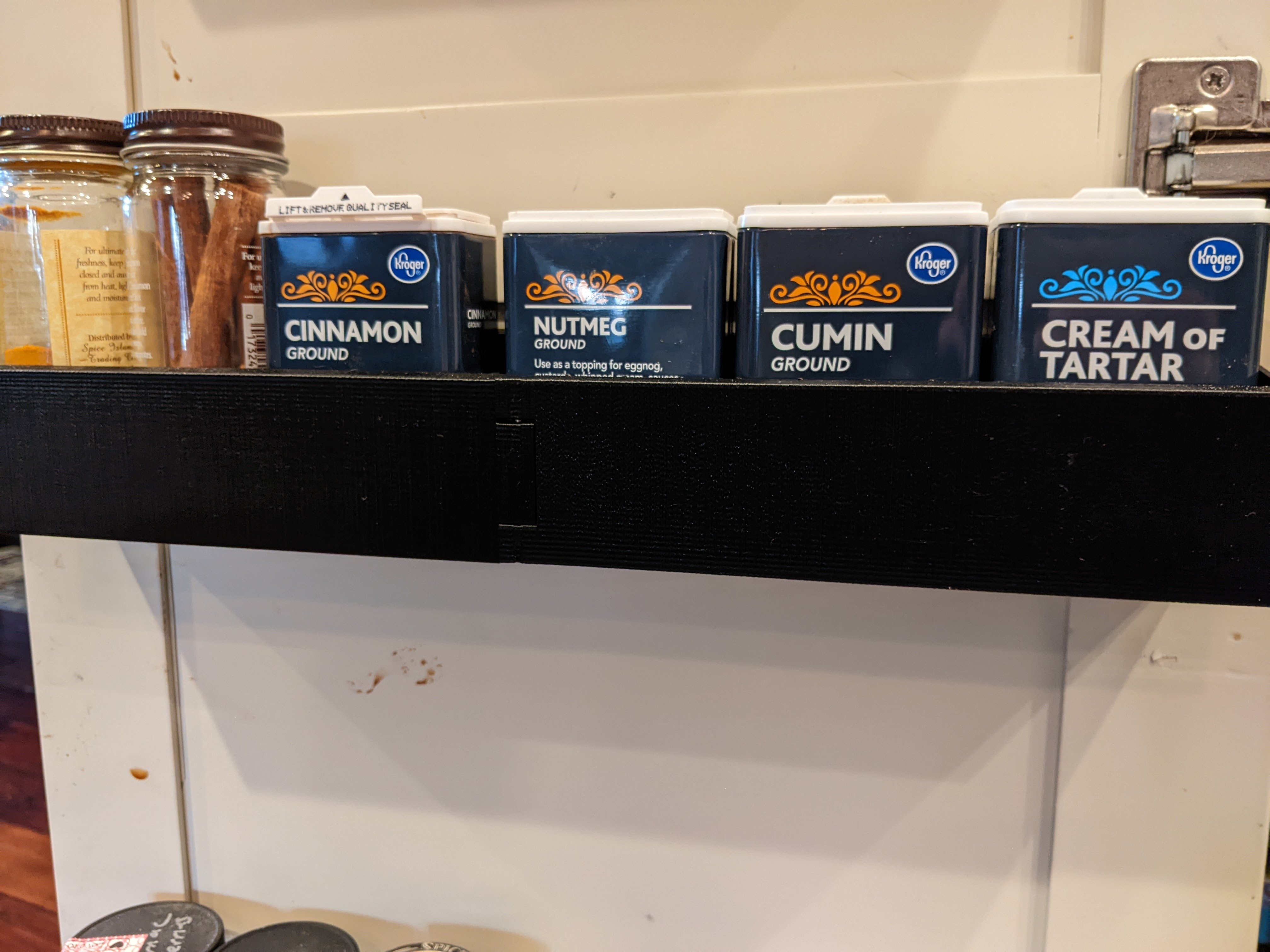I am easing back into the photography world after taking a hiatus due to kids. I've found myself carrying dedicated camera a lot more frequently than I have in the past (even before kids), which has resulted in me spending some time thinking about what the right camera for me is. I've "short-term-rented", via lensrentals.com, and "long-term-rented", via buying and selling used equipment, a number of bodies and lenses over the past 1.5 years to try to find what clicks with me. So far, I've spent the longest amount of time with Sony's A7III. I just started a long term rental on an OM-1.
The goal of this exercise is to help me understand how I'm using my gear empirically, to help guide my lens selection and body needs. The intent is to ignore feel and quality of life (for now).
To make this possible, I cobbled together a quick and dirty application that uses MetadataExtractor to aggregate EXIF data into a flat file that I fed into Power BI.
My only two lenses for the A7III are Sigma's 35mm f/1.4 DG HSM and Sony's 50mm FE f/1.8. Looking only at these two, the first insight is that I tend to grab the smaller and lighter lens. This is despite the fact that I like the way the Sigma 35mm f/1.4 DG HSM renders images. It's also despite my enjoyment of the 35mm focal length. I know 35mm isn't super popular, but I've found it works well with my kids. I'm usually "the right" distance away from them for the 35, and often have to back up for the 50. Backing up also isn't always possible - especially when we're visiting places like indoor museums.
That said, the Sigma 35mm is a fairly hefty lens at 755 grams. Sony's 50mm FE f/1.8 is 186 grams in comparison. The results speak for themselves.
takeaway: maybe I should grab a more compact 35 (or maybe the 40mm G f/2.5) to use when we're not going to be somewhere with very dim lighting

Next up is another obvious one, but one that's worth saying anyway: I've shifted from shooting mostly outdoors in decent weather, before kids, to a more mixed environment in terms of lighting. This is clearly visible by calculating the exposure value from all my photographs and then looking pre-post 2022.

There are two stories to be told for the photographs taken in low light, but to get there let's look at the aperture I used for low lighting levels (say under 6.0 EV, which is a brightly lit home interior)

Let's then carve this into two groups: one that was shot (nearly) wide open (f/1.4, f/1.6, f/1.8) and everything else.
For the wide open group, it's amazing what a fast lens can do for you in terms of keeping ISO down with low light. Of the 269 photos I've kept over the past year that were wide open in under 6 EV, ISO was at or below 3,200 on all but 35 of them.
takeaway: fast lenses are good for low light, but also maybe I don't really need a FF camera for low light... at least with my current shutter speeds
A quick note on the scatter chart - the y axis is logarithmic.

For the second group, the majority were stepped down for increased depth of field. The photo below isn't super interesting, but shows this. It was shot on the FE 50mm @ f/4.5 and 1/125 s shutter. The resulting ISO was 4000.
If I had shot this on say micro four thirds, I could have used a 25mm lens at f/2.2 for the same field of view and depth of field, knocking the ISO down to 1000. This sure sounds a lot better than ISO 4000, but when you consider that something like an OM-1 is 1 2/3 stops behind my A7III in terms of dynamic range the difference isn't as large as it sounds. At ISO 1000, the OM-1 will return a dynamic range of 7.73 where as the A7III returns 7.15 at ISO 4000.
takeaway: darn you FF for your shallow depth of field, but maybe the advantages of a smaller sensor aren't that big on overall image quality when you step the FF body down

As a final thought, I used to do a spend a decent amount of time taking photos of cars going by with my D5300 and the excellent VR Zoom Nikkor 70-300mm f/4.5-5.6G IF-ED.
takeaway: I could have probably used a longer lens for a number of these photos. A 100-400 with a teleconverter, or a 200-600 (or 200-800 in the case of the Oly 100-400) would cover 88% of these shots.


































IMO there's little need to buy new in the computer world unless you want to do something silly like have a snapdragon x laptop or have the disposable funds to go the gaming rig route.
My desktop is a retired business workstation, a HP Z420. I bought it for $250, installed a smaller SSD ($100 new) for the OS + apps, upgeaded to the "best" Xenon that fit the socket ($150 used), upgraded to 64 GB RAM ($107 used, yay ECC memory being dirt cheap on the used market), and a 1070TI ($225 used, purchased just before covid).
It's more than fast enough for my needs still.
This was all about 4-5 years ago, so you could probably do even better with more modern hardware.